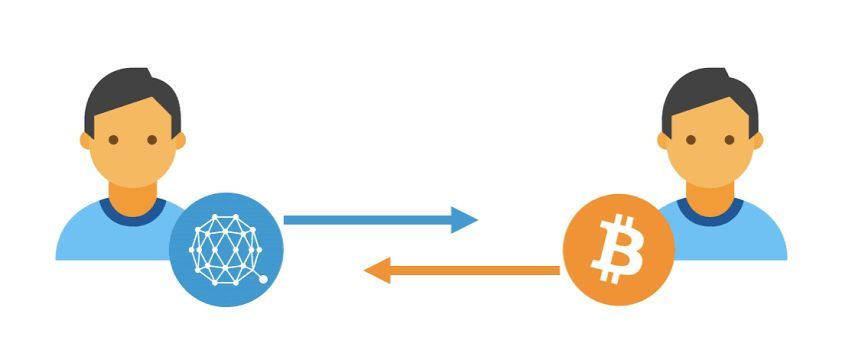Benefits of Cross-Chain Swaps

The goal of blockchain is to develop and broaden the range of its use globally. However, we are aware that blockchain technology has the potential to radically change several sectors, such as finance, trade, gaming, and capital markets. There are many blockchain platforms out there right now, from first-generation blockchains like Bitcoin to third-generation blockchains like Avalanche. These blockchains each have their independent chain. These networks do not support token exchanges or trades that belong to protocols and blockchains other than themselves. This issue, however, can be addressed by introducing cross-chain swaps.
What are Cross-Chain Swaps?
A cross-chain swap, also called an "atomic swap," is a smart contract technology that permits the exchange of tokens between the ecosystems of two blockchains. It happens without a middleman or a centralised authority, enabling users to exchange tokens directly on another blockchain. For example, users can trade BEP-20 tokens for ERC-20 tokens. Additionally, the exchange occurs straight from the wallet, speeding up the process of making swaps.
How do Cross-Chain Swaps work?
Cross-chain swaps make it possible for two parties on two different blockchains to exchange tokens with the help of smart contracts. They operate with the use of Hash Time Lock Contracts (HTCLs), a mechanism that locks transactions with specific combinations to ensure verification is performed on both sides.

What are the benefits of Cross-Chain Swaps?
Cross-chain swaps allow users to swap tokens between networks to cope with the volatility of cryptocurrencies. Users can switch cryptocurrencies to preserve the value of their tokens and the losses that go along with them. One strategy is replacing volatile cryptocurrencies with stable coins, guaranteeing less market volatility.
The advantages of cross-chain swaps also apply to using cryptocurrencies in a broader sense. Cross-chain swaps can help users take advantage of market possibilities if they want to own tokens in a particular Blockchain network. Tokens with low market circulation can be exchanged for those with high circulation.
As cross-chain swaps are smart contract-powered, there are no intermediaries involved. As a result, transactions are quicker, inexpensive, and free from potential security flaws that are likely to emerge in a centralised exchange system.
To Sum it up: these are 4 primary benefits of cross-chain swaps.
- They are entirely decentralised: The entire base & faith of cryptocurrencies lie in their decentralised nature. Users can now experience this benefit while swapping across chains.
- Ensure secure & safe swaps between chains: The iron-clad HTCL smart contracts ensure that there’s no room for error and that funds are safe at all times.
- Low-Cost peer-to-peer transactions: Cross-Chain swaps protects users from the hassle of high fees charged by centralised exchanges and are a reliable, trusted method of swapping tokens.
- Highly Flexible: Cross-chain swaps provide high flexibility by allowing the exchange of all tokens. Users don’t need to convert tokens into specific protocol-based tokens as they do in centralised exchanges.
Conclusion
When it comes to decentralisation of token exchange and payments, cross-chain swap is the future. It's easy for two parties to exchange tokens directly between completely unrelated protocols.
Learn more about Why ZeroSwap is going cross-chain here.
About ZeroSwap
ZeroSwap provides users a simplified way to swap on multichains with zero gas fees. We pay gas for users when they swap on-chain, using meta-transactions.
We are live on Binance Smart Chain, Polygon, Avalanche, and Fantom and plan to integrate Optimism, CELO, Aurora, and Ethereum Chain soon.
In addition, our product suite includes the Gasless ZeroSwapDEX, Staking, IDO platform ZeeDO and our native Bi-directional Bridge, and a B2B Service Based Product called DeFi Wizard.
Join Us!
Website | Announcement Channel | Discord | Telegram | Twitter | Zeroswap Ecosystem | Reddit




